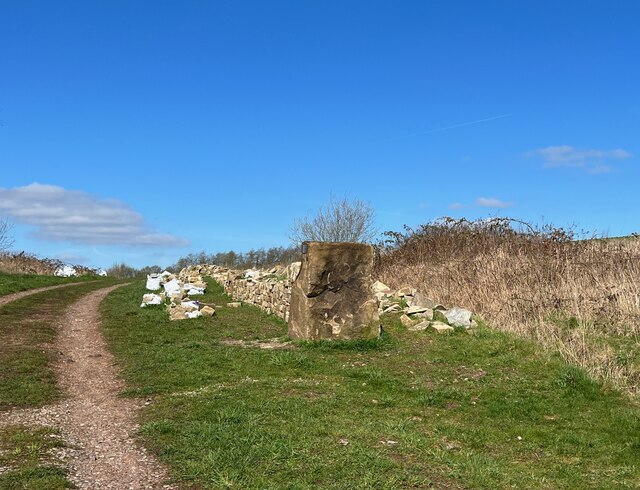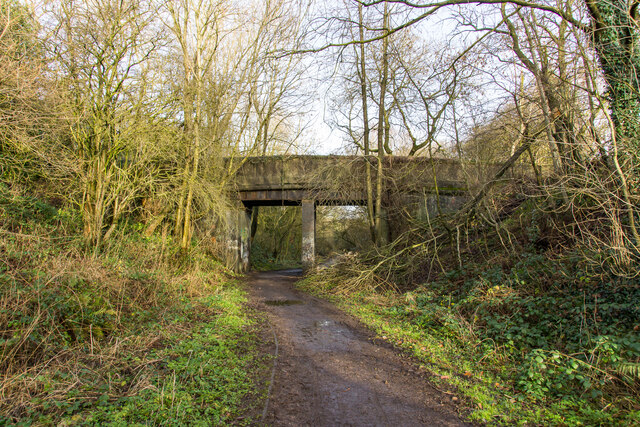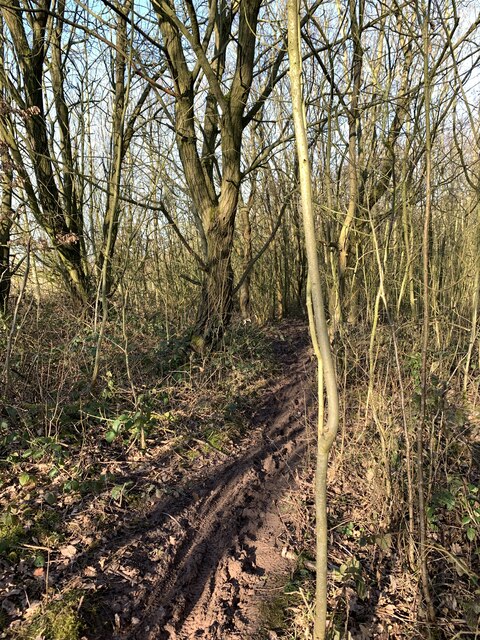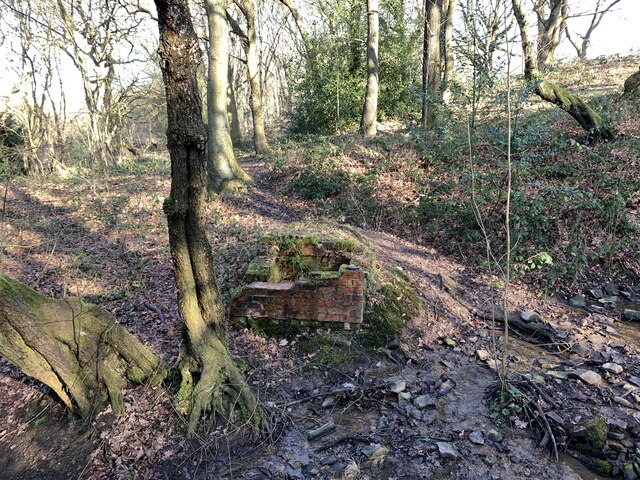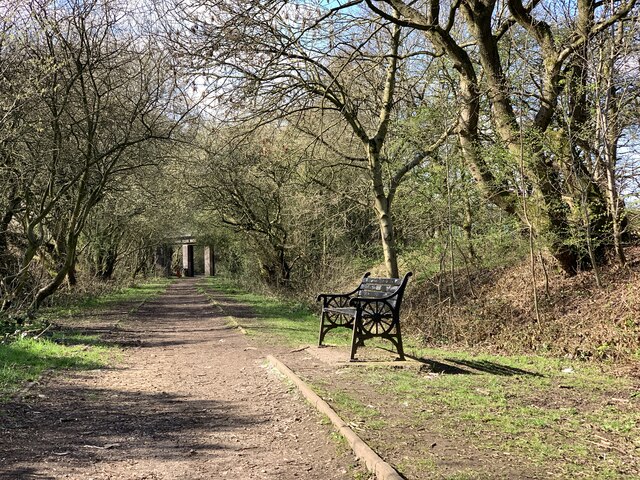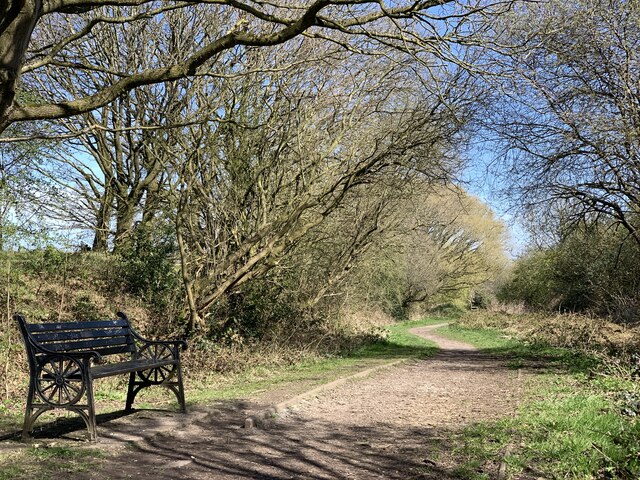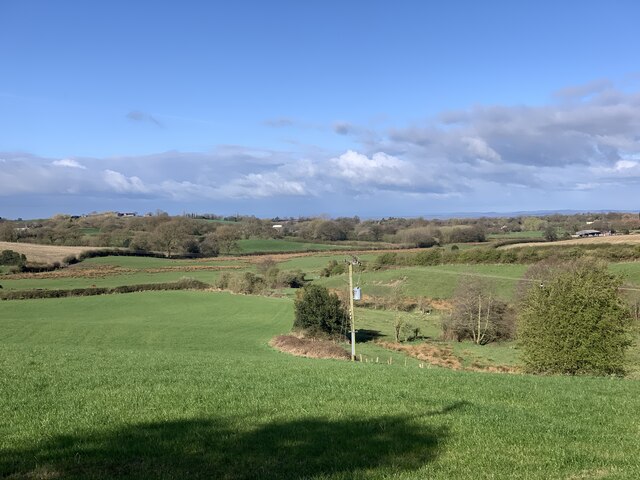Bates Wood
Wood, Forest in Staffordshire Newcastle-under-Lyme
England
Bates Wood
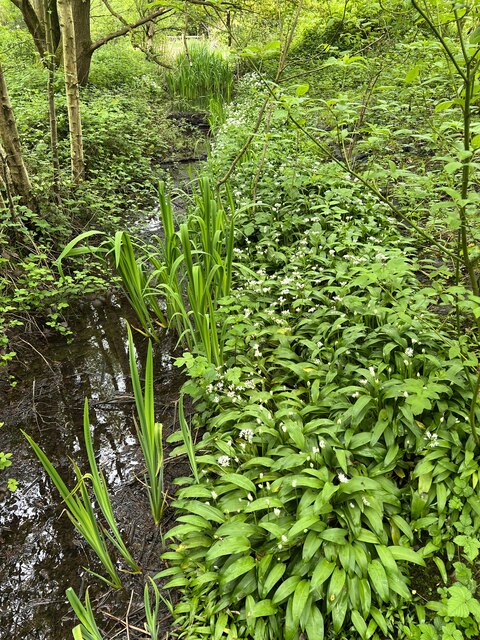
Bates Wood is a picturesque forest located in Staffordshire, England. Covering an area of approximately 80 hectares, it is a popular destination for nature lovers and outdoor enthusiasts. The wood is situated near the village of Yoxall and is easily accessible from major towns and cities in the region.
Bates Wood boasts a diverse range of tree species, including oak, beech, and silver birch. The forest floor is adorned with a variety of wildflowers, creating a vibrant and colorful environment. The wood is also home to an abundance of wildlife, including deer, squirrels, and a variety of bird species. Birdwatchers flock to the area to catch a glimpse of rare bird species that inhabit the forest.
There are several well-maintained walking trails that wind through Bates Wood, offering visitors the opportunity to explore the natural beauty at their own pace. The paths are suitable for all fitness levels and are clearly marked for ease of navigation. Along the way, visitors can enjoy breathtaking views, tranquil streams, and peaceful picnic spots.
Bates Wood is not only a natural haven but also holds historical significance. It is believed to have been a hunting ground for the nobility in medieval times. Today, remnants of ancient structures and a medieval deer park can still be seen within the wood, adding to its charm and intrigue.
Overall, Bates Wood in Staffordshire is a captivating destination for those seeking a peaceful retreat amidst nature. With its stunning landscape, diverse wildlife, and rich history, it offers visitors a truly immersive experience in the heart of the English countryside.
If you have any feedback on the listing, please let us know in the comments section below.
Bates Wood Images
Images are sourced within 2km of 53.03036/-2.3014716 or Grid Reference SJ7948. Thanks to Geograph Open Source API. All images are credited.

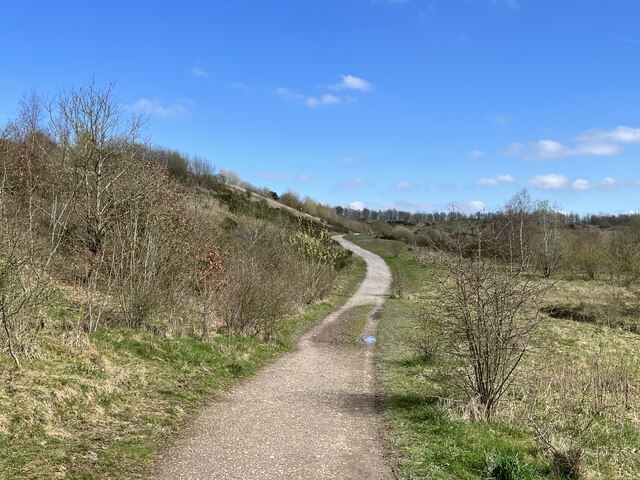

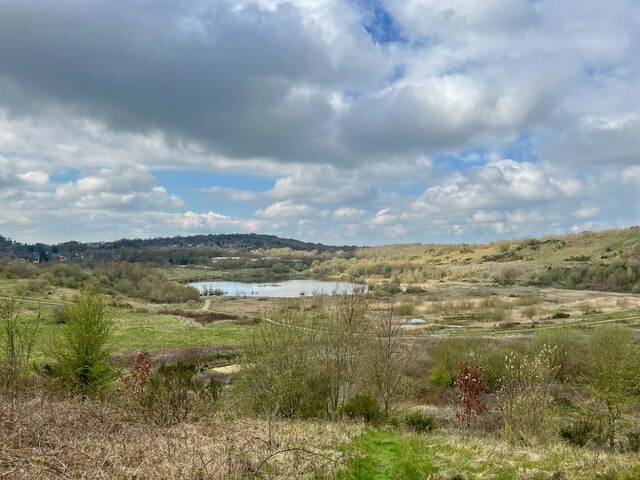

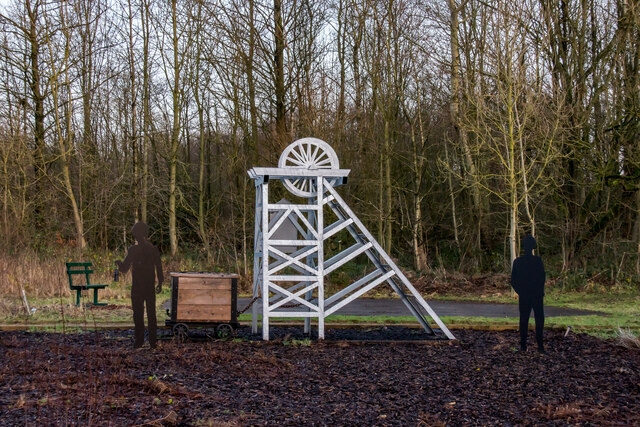

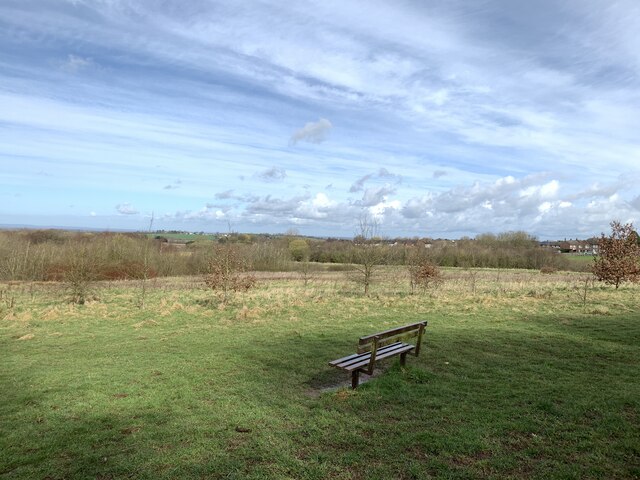
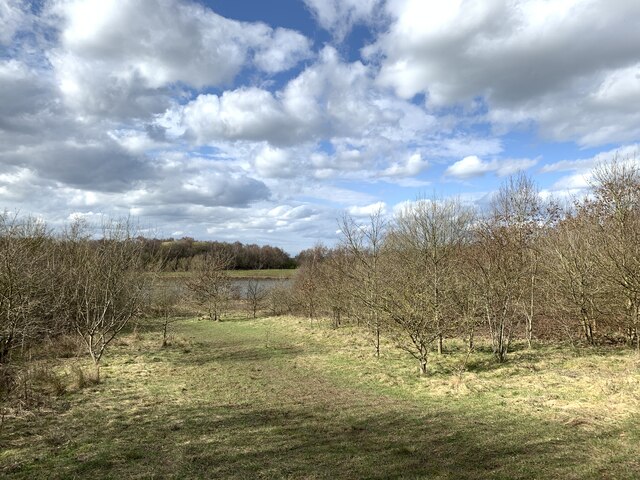
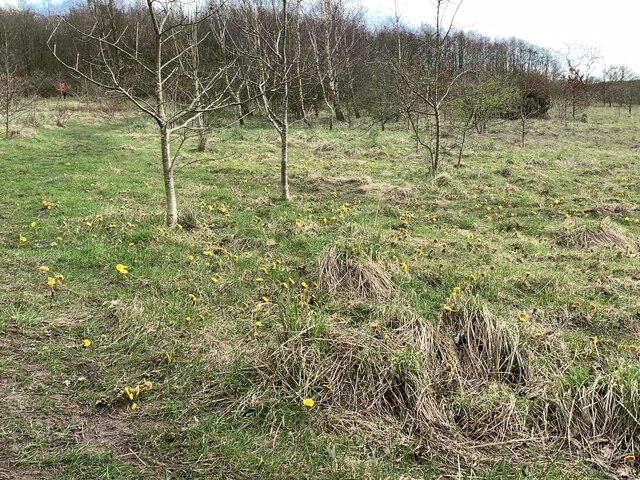
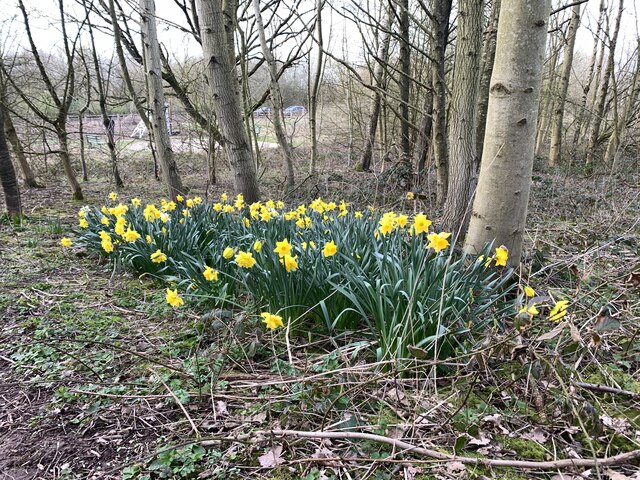
Bates Wood is located at Grid Ref: SJ7948 (Lat: 53.03036, Lng: -2.3014716)
Administrative County: Staffordshire
District: Newcastle-under-Lyme
Police Authority: Staffordshire
What 3 Words
///workers.cosmic.betrayed. Near Audley, Staffordshire
Nearby Locations
Related Wikis
Alsagers Bank
Alsagers Bank is a village in the Borough of Newcastle-under-Lyme in Staffordshire. Population details at the 2011 census can be found under Audley Rural...
Halmer End
Halmer End is a small village in the Borough of Newcastle-under-Lyme in Staffordshire, neighbouring the small hamlet of Alsagers Bank and the larger village...
Minnie Pit Disaster
The Minnie Pit disaster was a coal mining accident that took place on 12 January 1918 in Halmer End, Staffordshire, in which 155 men and boys died. The...
Halmerend railway station
Halmerend railway station (sometimes referred to as Halmer End) is a disused railway station in Staffordshire, England. The station was situated on the...
Sir Thomas Boughey Academy
Sir Thomas Boughey Academy (formerly Sir Thomas Boughey High School) is a co-educational secondary school located in Halmer End (near Newcastle-under-Lyme...
Halmerend (ward)
Halmerend was a ward of the Borough of Newcastle-under-Lyme, in Staffordshire, England. The ward covered the villages of Alsagers Bank, Balterley, Betley...
Newcastle-under-Lyme (UK Parliament constituency)
Newcastle-under-Lyme is a constituency in northern Staffordshire created in 1354 and represented in the House of Commons of the UK Parliament since 2019...
Apedale
Apedale is a village in Staffordshire, England. The population at the 2011 census can be found under the Holditch (Ward) of Newcastle-under-Lyme. The village...
Nearby Amenities
Located within 500m of 53.03036,-2.3014716Have you been to Bates Wood?
Leave your review of Bates Wood below (or comments, questions and feedback).
